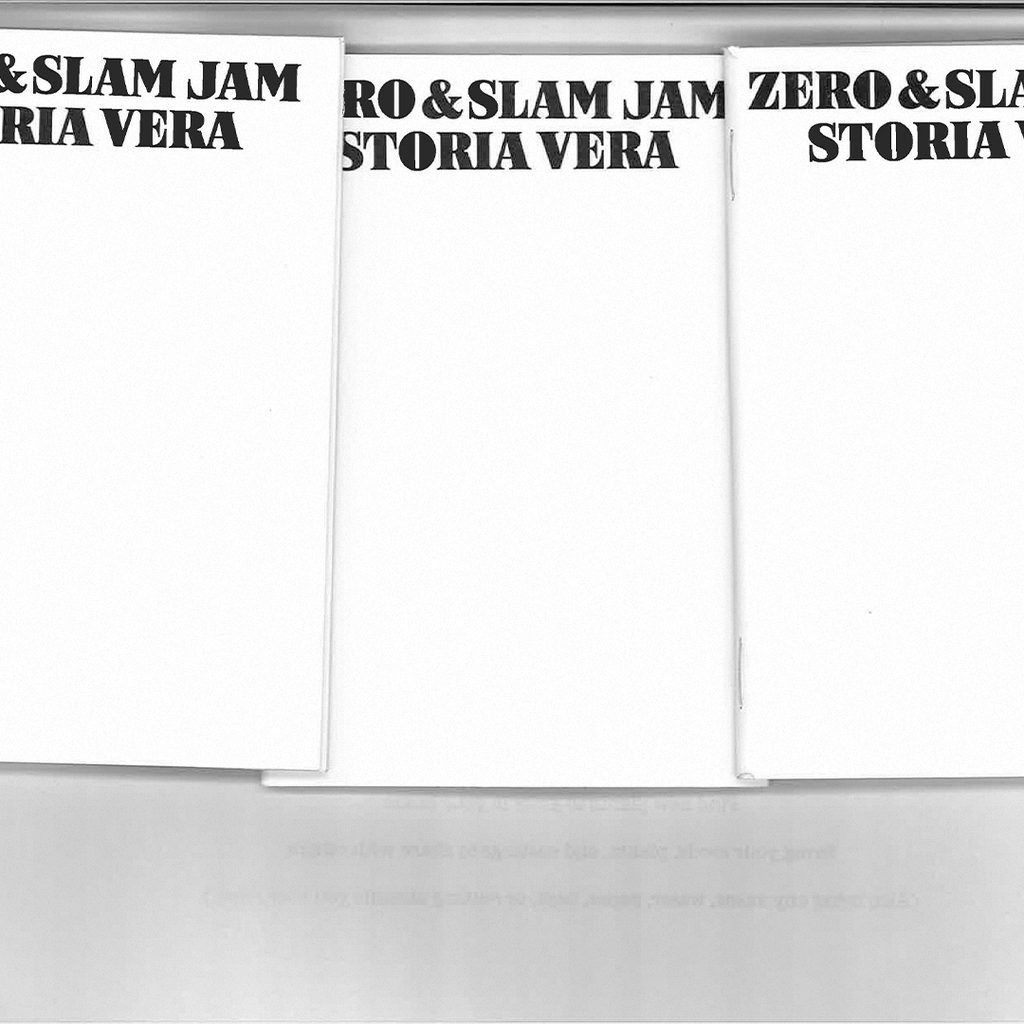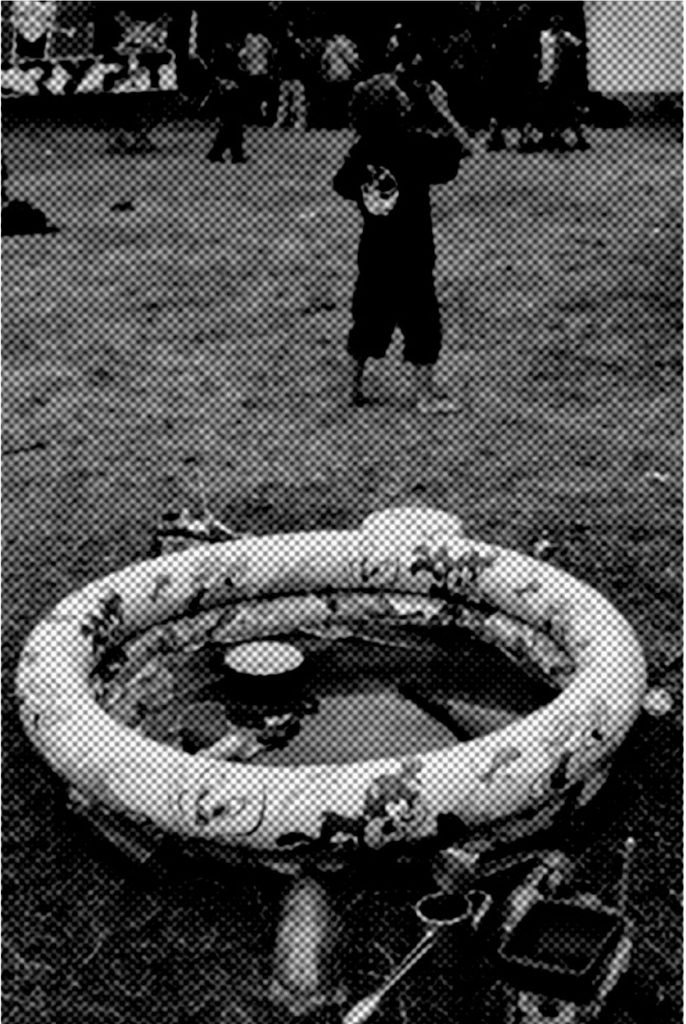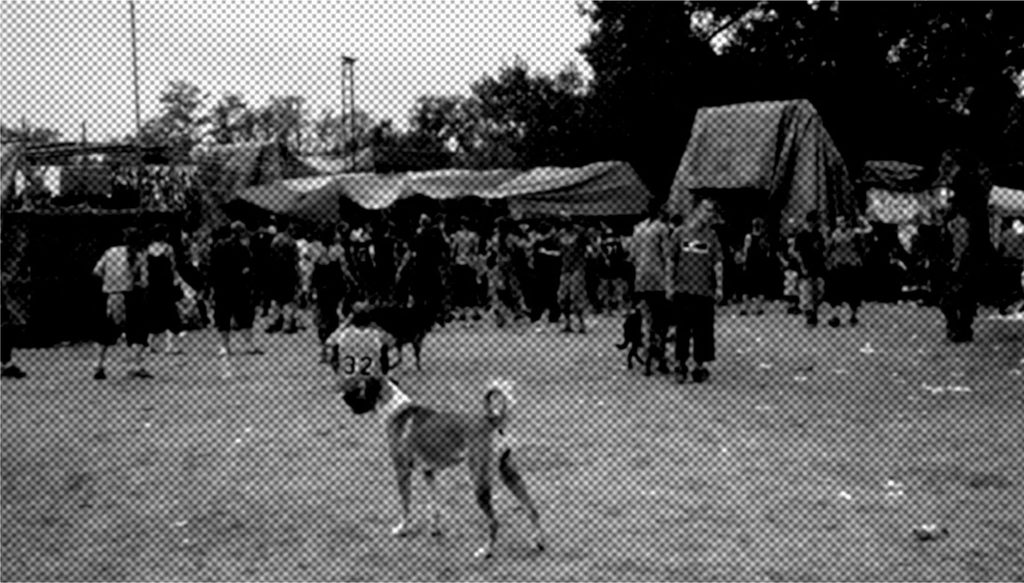Versione italiana
(English version below)
Il Teknival dell’agosto del 2007 nell’ex ballatoio della caserma Nizza Cavalleria a Pinerolo fu certamente uno degli eventi che sarebbero entrati di diritto in un ipotetico “Grande romanzo cortese” del movimento rave. In primo luogo perché il Teknival in sé non è un rave canonico da campo o capannone qualunque, ma una festa di grandissime dimensioni, quasi un paese, che raccoglie diverse tra le tribe più importanti della scena. In secondo luogo perché quello di Pinerolo è ancora oggi considerato il rave più grande mai organizzato in Italia e tra i più partecipati in Europa, con punte di presenze stimate intorno alle trentamila persone – e c’è chi si spinge a contarne quarantamila. Una città temporanea, pacifica, non violenta e con tanto autocontrollo.
All’evento del Pinerolo si arriva dopo più di quindici anni di rave in Italia, con un fenomeno già ampiamente consolidato e frequentato, dibattuto e ostracizzato dalla gran parte dei governi europei. Ma la storia qui racconta di un sindaco, quello di Pinerolo, che supportò il Teknival con autobotti d’acqua e bagni chimici all’aperto. Il dado era tratto: se i migliori avversarsi si vedono dal fairplay, le migliori storie si consolidano nell’epica che gli eventi trascinano a sé.
Con quello che venne riconosciuto come “il rave più grande di sempre” si porta a compimento un’epoca. Erano gli anni che seguivano il declino di un’idea. L’entusiasmo dei nomadi della cassa dritta andava via via affievolendosi, in una decadenza metodica che aveva dimenticato il potere d’espansione fisica e psichica delle sostanze. I vecchi ormai sognavano Goa, e alcune delle tribe della prim’ora l’avevano raggiunta, portando i loro mastodontici sound system a eiettare altrove musica libera per gente libera. La tekno faticava a uscire dai campionamenti serrati e gessosi, diventando mainstream tra gli arcade e nei videogiochi. L’era delle migrazioni costanti delle tribe, della lotta al confine e della società liberata dalla musica lasciò il passo. Il free party divenne festa. Ma come ogni leggenda e come ogni epica mantenne i suoi miti. La scena romana e quella bolognese infiammarono ancora una volta l’Europa tutta, mescolando la tekno a Mad Max, radunando quasi cinquantamila persone per la città divenuta “dello sballo”, la street parade.
I cavalieri eretici a cavallo di fiamme e mostruosità metalliche aspettano.
Fu soltanto in Italia e in Francia che avvennero feste con questi numeri. Le ventimila persone a Viterbo ne 2021 arrivarono direttamente dal Pinerolo. Le quattromila dell’ottobre funesto di Modena del 2022 anche. Le stesse persone che compartecipi della decadenza intellettuale ed ideologica rinnovano la miccia della futura rivolta, pizzicando il potere costituito e sfuggendogli nell’organizzazione capillare di un movimento senza teste e senza code, provocandolo per costringerlo a impugnare le sue armi, a togliersi i guanti di velluto e mostrare a tutti il suo vero e sempiterno pugno di ferro.
La lotta e la fuga al Capitale nell’idea dell’autonomia collettiva è ancora sibillina, non soltanto nei rave ma anche nei club in cui la tekno si riversò per mutare. Qualcosa di straordinario rimane al di là dei giudizi, qualcosa che sfugge in continuazione ogni canone statistico, musicale o sociologico. Niente ancora si può dare per scontato. Niente ancora si può dire nostalgia.
Il contrattacco cominciato con la ritirata e la mediatizzazione del Pinerolo nel 2007 è soltanto all’inizio. Il movimento polverizzato s’è sparso nell’aria, nei paesi e nelle città, nei club e nelle feste domestiche, nelle fanzine, nell’estetica dei movimenti fino al pensiero colto. I cavalieri eretici a cavallo di fiamme e mostruosità metalliche aspettano.
English version
The Teknival of August 2007 in the former parade ground of the Nizza Cavalleria barracks in Pinerolo was certainly one of the events that would rightfully belong in a hypothetical “Great Courtly Novel” of the rave movement. Firstly, because the Teknival itself is not just any typical field or warehouse rave, but a festival of enormous dimensions, almost like a village, bringing together several of the most important tribes in the scene. Secondly, because the Pinerolo event is still considered today the largest rave ever organized in Italy and one of the most attended in Europe, with estimated peak attendance of around thirty thousand people—and some even claim forty thousand. It was a temporary city, peaceful, nonviolent, and with a great deal of self-control.
The Pinerolo event came after more than fifteen years of raves in Italy, with a phenomenon that was already well-established and frequented, debated, and ostracized by the majority of European governments. But the story here tells of a mayor, the mayor of Pinerolo, who supported the Teknival by providing water trucks and outdoor chemical toilets. The die was cast: if the best adversaries are seen through fair play, the best stories are consolidated in the epic that events draw to themselves.
With what was recognized as “the greatest rave ever,” an era was completed. These were the years that followed the decline of an idea. The enthusiasm of the straight bass nomads was gradually fading away, in a methodical decadence that had forgotten the power of physical and psychic expansion provided by substances. The old ones now dreamed of Goa, and some of the early tribes had reached it, taking their mammoth sound systems elsewhere to eject free music for free people. Tekno struggled to break free from tight and chalky sampling, becoming mainstream among arcades and video games. The era of constant migrations of tribes, border struggles, and a society liberated by music gave way. The free party became a mere celebration. But like every legend and every epic, it maintained its myths. The Roman and Bolognese scenes once again set all of Europe ablaze, blending tekno with Mad Max, gathering nearly fifty thousand people for the city that became “the place to get high,” the street parade.
The heretical knights on horseback of flames and metallic monstrosities await.
It was only in Italy and France that parties of this scale took place. The twenty thousand people in Viterbo in 2021 came directly from Pinerolo. The four thousand from the fateful October of Modena in 2022 as well. The same people who participated in intellectual and ideological decadence renewed the fuse of the future revolt, teasing the established power and escaping it through the meticulous organization of a headless and tailless movement, provoking it to wield its weapons, to remove its velvet gloves and reveal to everyone its true and everlasting iron fist.
The struggle and escape from Capital in the idea of collective autonomy still prophesy today, not only in raves but also in clubs where tekno poured in to transform. Something extraordinary remains beyond judgments, something that continually eludes every statistical, musical, or sociological canon. Nothing can be taken for granted yet. Nostalgia cannot be spoken of yet.
The counterattack that began with the withdrawal and mediatization of Pinerolo in 2007 is only the beginning. The pulverized movement has dispersed into the air, into towns and cities, clubs and house parties, fanzines, and the aesthetics of movements, reaching even intellectual thought. The heretical knights on horseback of flames and metallic monstrosities await.






